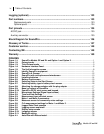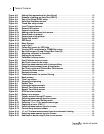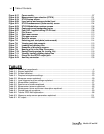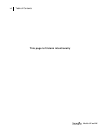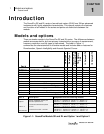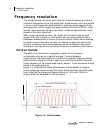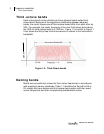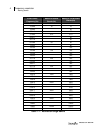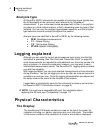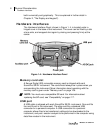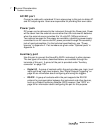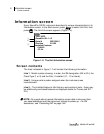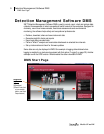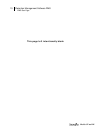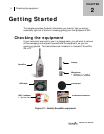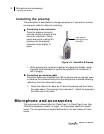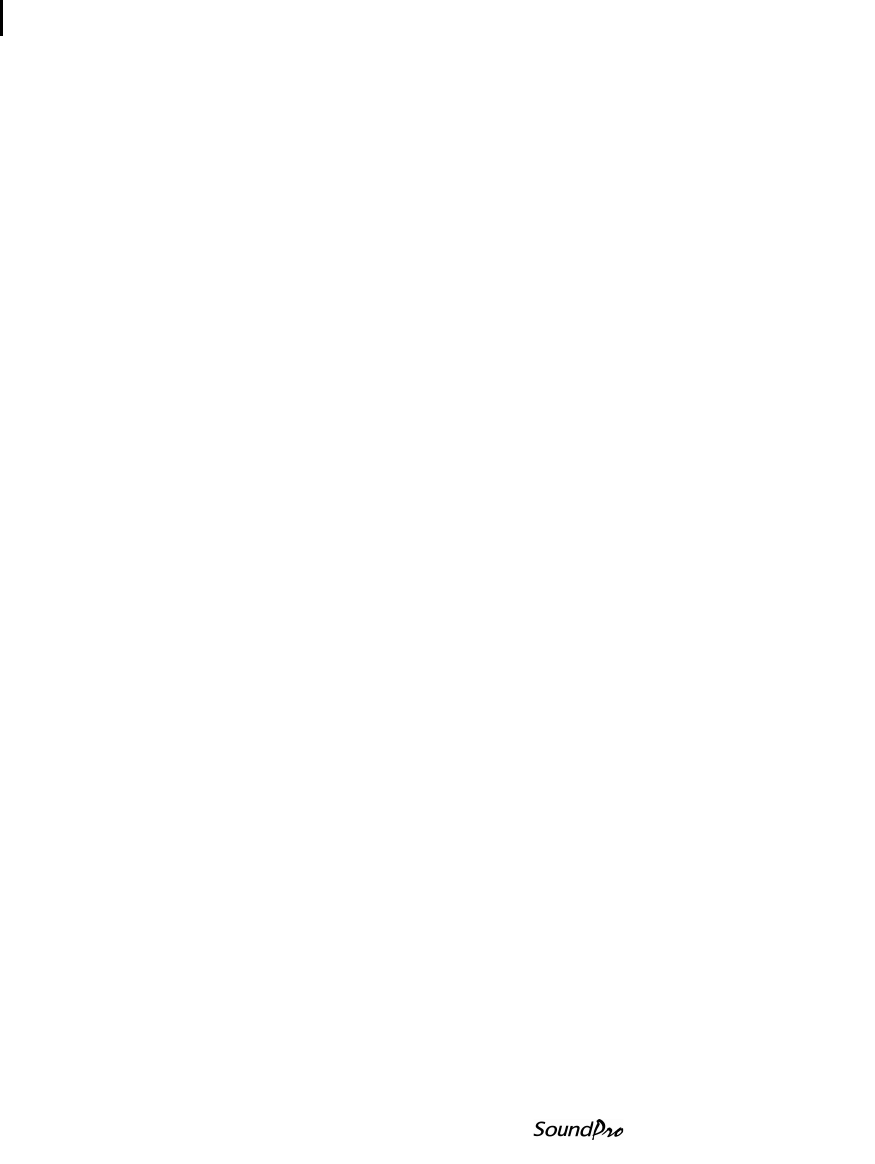
5 Logging explained
Analysis type
Models SE and DL
Analysis type
All SoundPro SE/DL instruments are capable of analyzing sound signals over
the full bandwidth of the instrument also referred to as “broadband
measurement”. If your instrument comes equipped with a filter, it can perform
an octave or a third-octave analysis, or both, depending upon the type of filter
installed. You can vary the analysis type between sessions, and the analysis
type selection remains constant throughout the session.
Analysis types are identified in SoundPro SE/DL by the following names:
•
SLM - Broadband measurements
•
1/1 - Octave filtering
•
1/3 - Third-octave filtering
• STI-PA -Speech Intelligibility
Logging explained
Although you can view the current sound pressure level at any time that the
instrument is operating (See “Bar Chart and Filtered Bar Chart” on page 67),
most measurements are reported for data obtained over the entire course of a
study or session. In some circumstances, however, you may want to save
intermediate measurement results. The SoundPro DL logging option provides
you with that capability.
With logging enabled, you can save selected measurements at fixed intervals
during a session. You can set logging to occur as often as once per second or
as seldom as once per hour. Once the logging characteristics are determined,
the setup remains the same for the duration of the session.
Logged data is automatically saved to the instrument’s memory card and can
be viewed in QSP II (“Information screen” on page 8).
NOTE: You must use a compatible SD card. For information about
replacing the SD card, see “Compatibility” on page 117.
Physical Characteristics
The Display
The transflective LCD display contains an area on the top of the screen for
indicators including run, pause, stop icons and a run time clock. The middle
of the screen contains a fine resolution of pixels in which data is displayed



